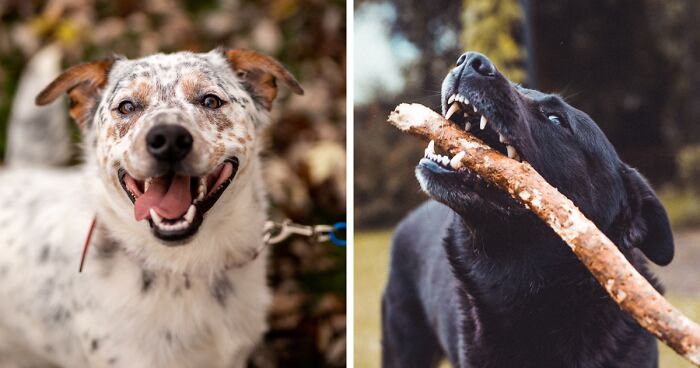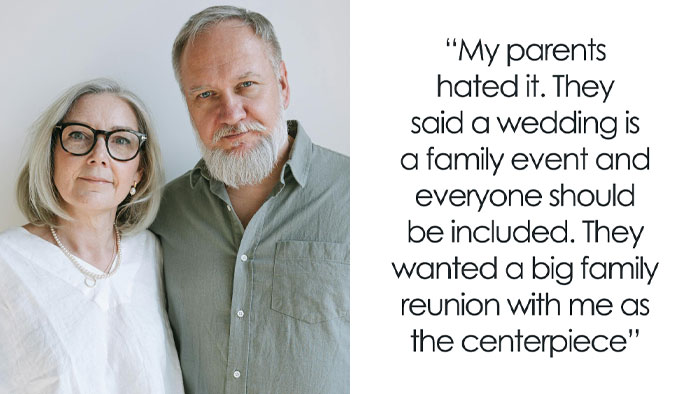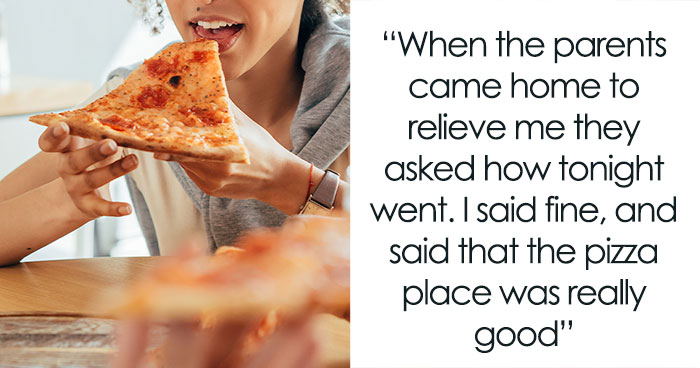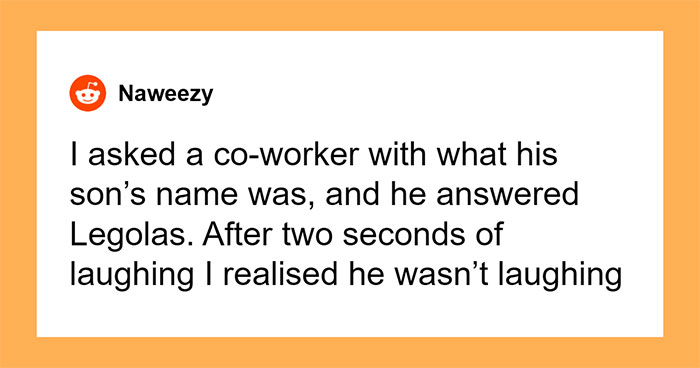When a dog shows its teeth, it can send a powerful and, at times, confusing message. Whether you’re a seasoned dog owner or just someone encountering a canine companion, understanding this canine behavior is essential. Dogs employ a communication method to convey their emotions or intentions.
The message behind those exposed teeth is not one-size-fits-all – it varies depending on the context and the accompanying body language.
- Teeth exposure can mean fear, aggression, or playfulness.
- Small breeds like chihuahuas show teeth more often.
- Respect a dog's teeth-baring as a warning signal.
- Pain can cause a dog to bare its teeth as a distress signal.
- A dog's teeth-baring is part of complex canine language.
Smaller breeds, like chihuahuas, tend to show their teeth more often than other breeds. It could signify aggression, fear, pain, submission, or playfulness. Deciphering this message is like interpreting a secret canine code.
We’ll delve into the nuanced world of a dog’s teeth-baring behavior, exploring what lies behind those pearly whites and what you should do when encountering this intriguing display.
The information provided herein is for informational purposes only. Please refer to our disclaimer for more details..
1. Is my dog being aggressive?
Image credits: Alexas_Fotos.
When a dog bares its teeth aggressively, it’s like a red flag waving. The dog tries to say, “I’m scared or angry, and I need my space.” You might hear growling or see a snarling expression.
This is the dog’s way of telling you to back away and not provoke it further. In extreme cases with dogs that suffered some trauma before being adopted, showing their teeth to make sure everyone in the household understands what your dog is saying.
In this case, let your dog and the entire household slowly adapt to each other’s habits and behavior and dog training can help as well. It’s essential to respect these bare teeth as a warning signal, as ignoring them can lead to trouble.
Aggressive behavior can occur if the dog feels cornered, threatened, or uneasy, so giving the dog room to calm down and consulting a professional is a safer approach. Keep in mind that guard dog shows their teeth quite often, and it usually precedes actions when a dog is going to use these teeth.
2. Fear or “submissive grin”
When a fearful dog shows its teeth, it’s like a cry for help. It’s not trying to be aggressive but is telling you it’s scared and uncertain.
This teeth-baring is more referred to as a submissive, showing that the dog is uncomfortable with the situation or the person it’s facing. It’s crucial to be understanding and not push a scared dog further.
Give it space, avoid sudden movements, and speak softly to help it feel safer. A patient and gentle approach can help a fearful dog regain confidence and trust in its surroundings.
3. Playfulness
Image credits: Mika Baumeister.
When dog show their teeth when playing, it’s their way of expressing excitement and joy. It’s not a sign of aggression but an invitation to have a good time. You’ll notice a wagging tail, a loose and relaxed body, and a playful posture known as a “play bow.”
In a play bow, the dog lowers its front half while keeping its rear end up, creating an unmistakable and cheerful pose. This behavior shows that the dog is in a fun-loving mood, ready for rough and playful interactions. So, when you see these signs, it’s an open invitation to join in on the play and share the fun with your pup friend!
4. Submission
In some scenarios, dogs might show their teeth as a way to say, “You’re in charge, not me.” It’s a sign of submission, not aggression. This often happens when a dog is interacting with a more dominant dog.
The submissive dog may also take it a step further by licking the dominant dog’s face, showing respect and a desire to maintain peace. It’s like a polite way of saying, “I respect your authority.” When you witness a dog is showing front teeth in this context, it’s all about maintaining harmony in their social world.
5. Pain or discomfort
Image credits: Cierra Voelkl.
When a dog in pain or discomfort bares its teeth, it’s a signal of distress, and it’s crucial to approach with care and empathy. Pain can make even the gentlest dog react defensively.
They may show his teeth, not out of aggression, but as a way to say, “I’m hurting, and I need help.” This behavior can result from various causes, including injuries, dental problems, or underlying medical issues.
To prevent further distress and potential harm, it’s essential to be cautious and avoid any sudden movements or actions that might increase their pain or anxiety.
Approaching a dog in pain should be done slowly and gently. It’s wise to consult a veterinarian to assess the source of the discomfort and ensure proper care. Ignoring a puppy in pain can exacerbate their suffering, and understanding this behavior is vital for their well-being and a safe response from you.
6. Communication
Dogs are expert communicators, and when they bare their teeth is just one part of their intricate language. It’s like their way of talking without words. Whether they’re expressing happiness, fear, submission, or a desire to play, baring teeth is a tool they use to get their message across.
They combine this with tail wags, ear positions, vocalizations, and more to convey what’s on their minds. It’s like their way of saying, “Here’s how I’m feeling right now.” Understanding this aspect of your pet communication helps us connect with our furry friends better and ensures smoother interactions in the dog-human relationship.
To sum up, a dog’s teeth reveal more than just dental hygiene; they’re a powerful tool for canine communication. By interpreting the context and accompanying body language, we can better understand a dog’s feelings and intentions.
Whether the reasons dogs bare their teeth are playfulness, submission, or a cry for help, a dog’s teeth tell a story. It’s a reminder that our four-legged companions have their unique ways of talking to us, and paying attention to these cues can strengthen the bond between humans and dogs.
FAQs
What does it mean when a dog raises its lip?
When a dog raises its lip, exposing its teeth or gums, it’s usually a display of a specific facial expression called “lifting the lip” or “curling the lip.” This behavior is often accompanied by other body language and can have different meanings, depending on the context and the dog’s overall demeanor.
It can be a sign of discomfort like pain, but it can also be a mild sign of aggression. By aggression meaning is that it simply wants to say “I’m annoyed, go away” before any other sign of aggression (Showing teeth, growling, barking, etc). Lip curl can also be seen in playing, and that usually isn’t concerning.
When in doubt, it’s best to give the dog space and not provoke it further. Consulting with a professional dog trainer or behaviorist can provide valuable insights into the specific situation and behavior. Veterinary professionals can assess these subtle signs in dog behaviors as concerning or not. It is often the case that your dog is simply trying to say something to you, and understanding your puppy is halfway to making a bff.
What is a relaxed dog’s body language?
A relaxed dog displays calm, content, and relaxed body posture. It has loose muscles, ears in a normal position, and a natural tail carriage. Its mouth is slightly open, not growling, and it breathes steadily.
A relaxed dog may “smile,” with the corners of its mouth slightly upturned. It might squint or have half-closed eyes. In a secure environment, it may even expose its belly as a sign of trust. A playful dog may do a “play bow” or invite play with a wagging tail. Understanding these cues helps ensure positive interactions with dogs and shows their well-being.
2Kviews
Share on Facebook
 Dark Mode
Dark Mode 

 No fees, cancel anytime
No fees, cancel anytime 






















































8
1